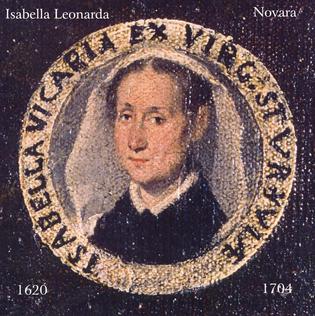
I am delighted to share this repertoire blog contribution by Dr. Andrew Bruhn, an excellent conductor and composer who is the Director of Choral Activities at Illinois State University in Bloomington-Normal, Illinois. It happens that I share his fondness for the work of Isabella Leonarda and programmed her Magnificat in our Behind the Walls: Music from the Italian Convents concert with the Baroque Artists of Champaign-Urbana a few years ago. I hope to program this piece soon, ideally Andrew Bruhn’s published edition from Hinshaw Music!
Voicing: SATB a cappella (or with continuo)
Why do singers like it?
It’s beautiful, and accessible!
What is meaningful about it?
Isabella Leonarda (1620–1704) was a 17th-century Italian Baroque composer and one of the most published composers from a convent of her time. The motet Memento Rerum is a meditation on divine grace and intercession. Like much of Leonarda’s work, this motet exemplifies her ability to blend expressive lyricism with intricate counterpoint, demonstrating both her compositional skill and deep spiritual convictions. It’s also a meaningful opportunity to engage with historical repertoire by a woman composer.
What is challenging about it?
Depending on your choir’s level, the vocal independence can be tricky, though the canonic structure helps make it more approachable. Because it’s linear rather than harmonically driven, the harmonic language may surprise modern ears. Singing a cappella can also pose a challenge depending on the ensemble.
What is easy about it?
The piece is written as a canon: soprano and tenor sing the same line, as do alto and bass, which can aid in learning.
Where did you perform it?
At Grace Lutheran Church in Champaign, IL for my DMA recital from the University of Illinois.
Where can you order it?
Hinshaw Music (also includes a YouTube video)!